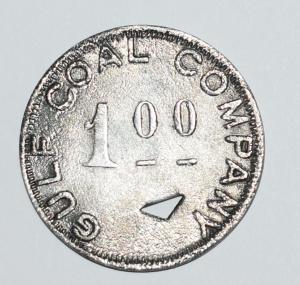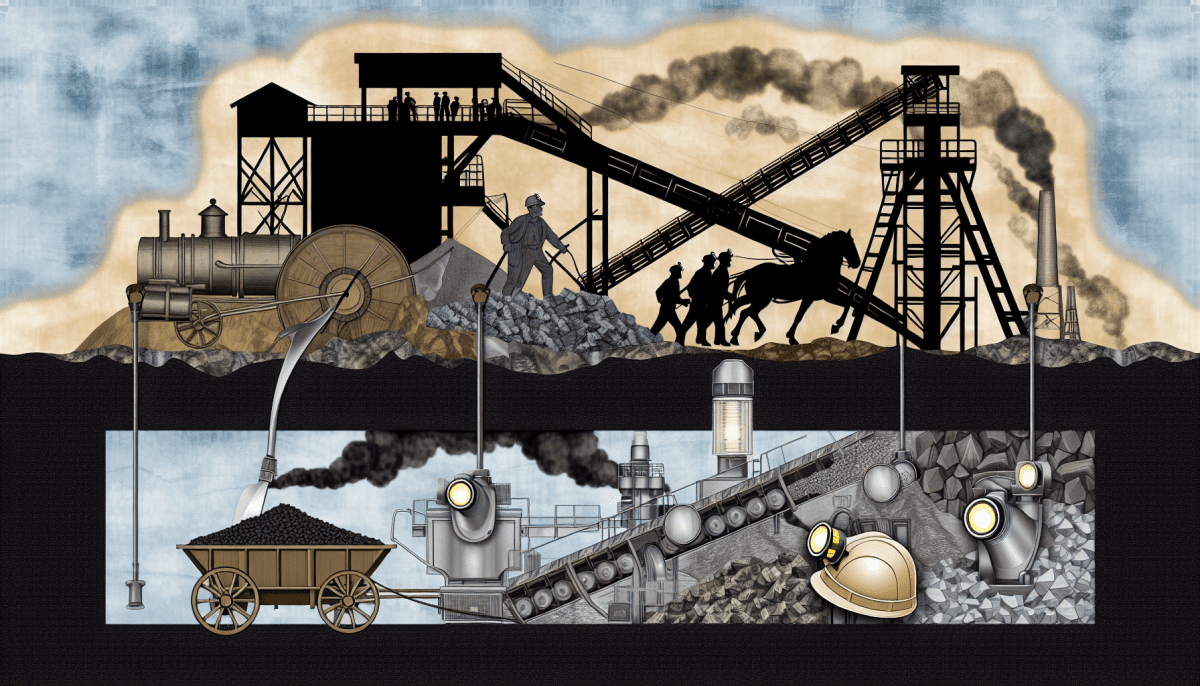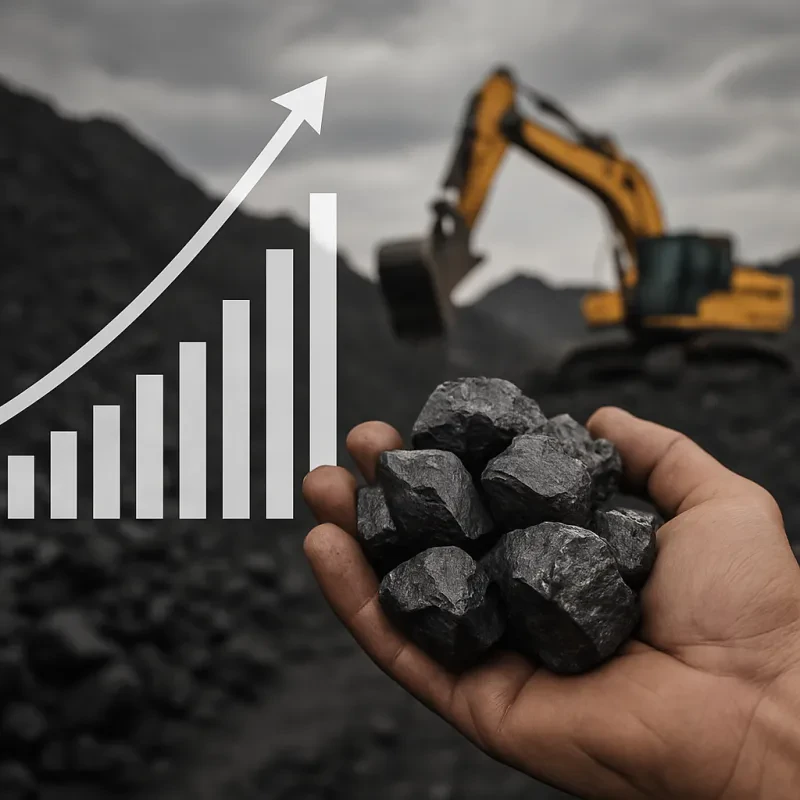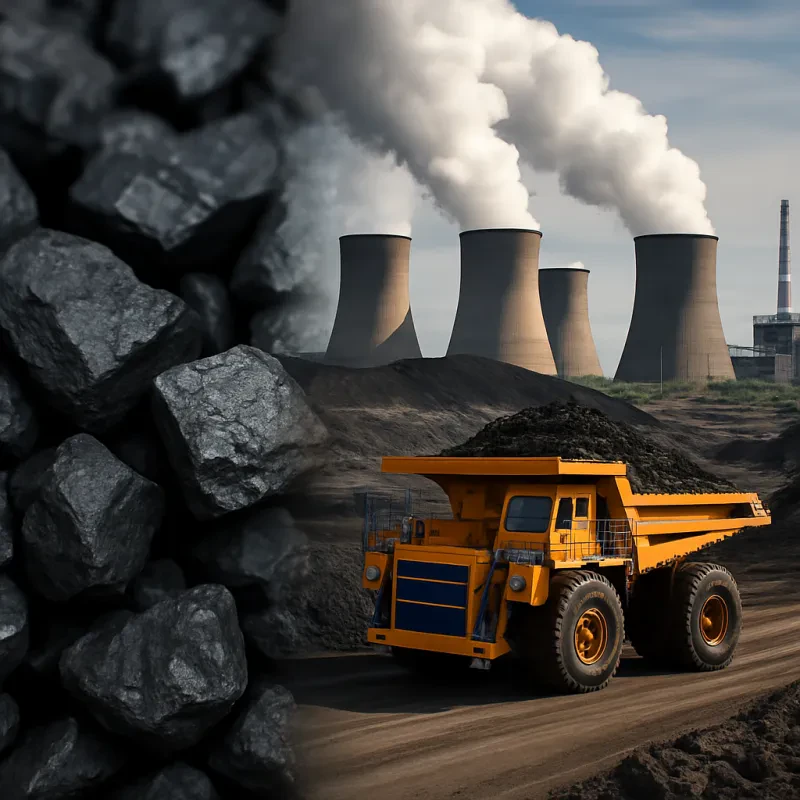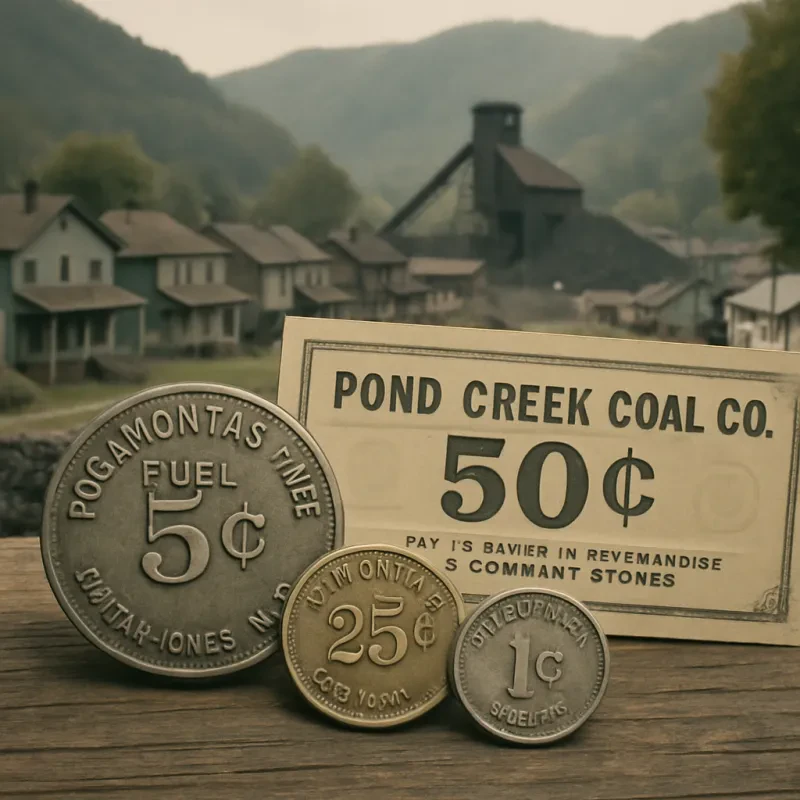The West Elk Coal Mine, located near Somerset, Colorado, stands as one of the state's most significant coal-producing operations. Owned and operated by Mountain Coal Company LLC, a subsidiary of Arch Resources Inc., the mine has been a pivotal player in Colorado's coal industry since its inception in 1982.
Historical Overview
Established in 1982, the West Elk Mine is situated in the West Elk Mountains, just east of Paonia, Colorado. The mine spans over 20 square miles within the Gunnison National Forest, adjacent to the West Elk Wilderness Area. This strategic location has enabled it to access substantial coal reserves, contributing significantly to both local employment and the regional economy.
Mining Operations
West Elk is an underground mining complex that primarily extracts thermal coal from the E seam. The mining operations employ both longwall and continuous room-and-pillar mining methods. Longwall mining involves using a mechanical shearer to extract coal from long rectangular blocks, allowing for high recovery rates. Continuous miners are used to develop access to these coal blocks, facilitating efficient extraction. The mine has also been developing the B seam to enhance its production capabilities.
Production Statistics (2017-2023)
Over the past five years, the West Elk Mine's production has experienced fluctuations due to various factors, including market demand and geological challenges. Below is a summary of the mine's production from 2017 to 2023:
| Year | Production (Million Tons) |
|---|---|
| 2017 | 4.9 |
| 2018 | 4.8 |
| 2019 | 4.1 |
| 2020 | 2.5 |
| 2021 | 3.0 |
| 2022 | 4.3 |
| 2023 | 2.9 |
Data sourced from Arch Resources Inc. SEC filings and mining industry reports.
Year-over-Year Analysis
-
2017-2018: Production remained relatively stable, with a slight decrease from 4.9 million tons in 2017 to 4.8 million tons in 2018.
-
2019: A notable decline to 4.1 million tons, reflecting a downward trend influenced by market conditions.
-
2020: Production dropped significantly to 2.5 million tons, primarily due to the global economic slowdown caused by the COVID-19 pandemic, which affected energy demand.
-
2021: A rebound to 3.0 million tons, aligning with the recovery of global economies and increased demand for thermal coal.
-
2022: Production rose to 4.3 million tons, driven by strong domestic business and advantageous export markets.
-
2023: A decrease to 2.9 million tons, attributed to geological challenges that constrained volumes and affected product quality.
Employment and Economic Impact
The West Elk Mine has been a significant employer in the region. As of the end of 2022, the mine employed approximately 300 miners, making it the largest coal mine employer in Colorado. This employment level reflects the mine's importance to the local economy, providing jobs and supporting ancillary businesses.
Environmental Considerations
Operating within the Gunnison National Forest, the West Elk Mine has faced environmental scrutiny, particularly concerning its methane emissions. It is recognized as one of the largest single industrial point sources of methane emissions in Colorado. Efforts to expand the mine have encountered legal challenges due to environmental concerns, especially regarding the potential impact on roadless areas and greenhouse gas emissions.
Future Outlook
The future of the West Elk Mine is influenced by several factors:
-
Market Dynamics: The global shift towards renewable energy sources and the declining demand for coal present challenges. However, the mine's high-quality coal and existing infrastructure may allow it to continue operations in the near term, depending on market prices and demand.
-
Regulatory Environment: Environmental regulations and policies aimed at reducing carbon emissions could impact the mine's operations and expansion plans.
-
Operational Challenges: Geological conditions have previously affected production levels. Addressing these challenges is crucial for maintaining consistent output.
In conclusion, the West Elk Coal Mine has been a cornerstone of Colorado's coal industry for over four decades. While it has experienced production fluctuations due to market and operational factors, it remains a key player in the state's energy sector. The mine's future will depend on its ability to adapt to evolving market conditions, regulatory landscapes, and environmental considerations.

